The post Field Test: Could the Nikon 200-500mm f/5.6 be the Most Versatile Wildlife Lens? appeared first on Digital Photography School. It was authored by Shreyas Yadav.
Wildlife photography is exciting as well as challenging. Imagine you are photographing a Tiger at a distance and suddenly the Tiger attacks a deer! Alternatively, imagine you are in an African savanna where you are photographing a grazing herd of Elephants at a distance, and right after that, you see a beautiful Eagle on the nearby tree. To photograph these type of objects, you need to have a wide range of zoom lenses. You may have experienced this while on a Jungle Safari. Changing a lens while in the field can be difficult.

Nikon 200-500 f/5.6 lens mounted on a camera, zoomed to 500mm
It looks like Nikon has considered the needs of Wildlife photographers and produced a versatile, fixed-aperture telephoto lens at a quite reasonable price; the Nikon 200-500mm f/5.6.
The Nikon 200-500 f/5.6 lens, priced at around US$ 1400, weighs about 2300g (81.02oz). The best part is the lens has a fixed maximum aperture of f/5.6. In addition to a fixed aperture, there are three extra-low dispersion glass elements (ED), powerful vibration reduction (VR) – making this lens optically superb – and it also comes with a tripod collar. The lens is stable when mounted on a tripod, and it comes with HB-71 lens hood. The lens also works great with both full-frame (FX) and crop-sensor (DX) Nikon cameras. The telephoto zoom range and beautiful optics make this lens perfect for birds, nature and wildlife photography.

This field review of the Nikon 200-500 f/5.6 lens, looks at how the lens performs from the perspective of a nature and wildlife photographer. It examines how this lens performs in the wild, as well as looking at the lens controls and ergonomics. This is important, especially if the lens has to be used from dawn to dusk in the wilderness.
This lens is versatile for photographing wildlife, mainly because of it’s:
- Capability to photograph small and large objects
- Convenience to capture both nearest and farthest objects, thanks to the zoom range!
- Excellent compatibility with full-frame (FX) and crop-sensor (D) cameras, which means you can use the same lens on either of your camera bodies
- Compatibility with the latest Mirrorless cameras (requires an FTZ lens adapter)
- Travel-friendly size
- Excellent vibration reduction
- Convenient grip when you hold the lens collar
Specifications
Focal Length
The focal length of the lens is from 200mm to 500mm. Being FX lens, effective focal length on FX bodies is 200mm to 500mm. On DX Nikon bodies, the effective focal length is approximately 300mm to 750mm.

The lens is capable of photographing small objects such as this Ground orchid (at focal length of 310mm)

Image of large-sized Elephant approaching from a distance of around 300ft (110 yards) at a focal length of 200mm.

Image of large Elephant approached closer at a focal length of 500mm.

Small sized Oriental white-eye bird photographed at a close distance of 8ft at a focal length of 500mm.
Aperture
The maximum aperture is f/5.6, and the minimum aperture is f/32. The Nikon 200-500 f/5.6 is an E-type lens (Electromagnetic diaphragm mechanism). It provides better control on the aperture blade as compared to mechanical linkages. This feature is compatible with newer cameras; however, with older DSLR cameras, an aperture is fixed to f/5.6.
Extra-low dispersion glass elements
The lens has 3 ED glass elements. ED glass element helps in reducing chromatic aberrations and offers overall better image quality.
Minimum focusing distance
This is the minimum distance between the lens and an object at which the lens focuses. The Nikon 200-500 f/5.6 has a minimum focusing distance of 2.2m (7.2ft). For wildlife and bird photography, this is a perfect minimum distance. With a minimum focusing distance of 7.2ft, the lens acquires perfect focus in most cases.
Autofocus
Thanks to Silent Wave Motors (SWM), the lens focuses quietly and with accuracy. The lens indicates this feature as AF-S. While you autofocus, you can instantly override autofocus by manual focus and vice versa (M/A). The lens can be focussed manually (M) as well.
Teleconverter support
The Nikon 200-500 f/5.6 is compatible with TC-14E III (1.4X) series teleconverters when used with DSLR cameras which can autofocus up to f/8. During low-light conditions, autofocus performance of the lens along with TC-14E III is satisfactory and usable. With the TC-17E (1.7X) and TC-20E (2X), aperture goes beyond f/8, hence autofocus is not possible. For this reason, it is not recommended you use the Nikon 200-500 lens with TC-17E and TC-20E teleconverters.
Camera compatibility
Full-frame (FX) cameras, crop-sensor ( DX ) DSLR cameras and Nikon mirrorless cameras (Optional FTZ mount adapter required) are compatible with the lens. This E-type lens (Electronic diaphragm) will work with the following cameras (you can change the lens aperture on these camera bodies): D5,D500, D4,D4S, D3, D3s , Df, D850, D810, D810A, D800, D750, D700, D610, D600, D300, D7500, D7200, D7100, D7000, D5600, D5500, D5300, D5200, D5100, D5000, D3400, D3300, D3200, D3100.
On older versions of cameras, such as Nikon D200, you cannot change the aperture. The aperture will be fixed to f/5.6.
Filters (Optional)
The Nikon 200-500 f/5.6 accepts 95mm screw-on filters. When carrying this lens into the wilderness, I recommend you have a filter. It protects the front glass element from dust, mild drizzle and minor scratches. I use the filter while photographing and do not see any significant loss in image quality. However, make sure you use a high-quality lens filter to ensure minimal loss in quality.
Vibration reduction
This lens has excellent vibration reduction performance. I have achieved sharp images at 1/30th during low light conditions. Nikon claims to have the benefit of 4½ stops. I always keep the VR “ON.”
There are two VR Modes – Normal and Sports. Normal mode works fine for me while hand-holding the lens on the ground, and also in the safari vehicle. I tend to keep it set to Normal mode.

Image of Warbler bird with Vibration Reduction OFF. Feathers are not clearly visible Exif: 500mm f/5.6 1/400s ISO 2000, VR OFF

Image as it is from a camera with Vibration Reduction ON. Feathers are sharp. The lens is a handheld. Exif: 500mm f/5.6 1/400th ISO 2000, VR ON
Weight
Weighing in at approximately 2300g (81.2 oz), the lens initially feels somewhat heavy. However, as you start hand-holding this lens regularly, you get used to the weight. I am now able to handhold this lens for two to three hours without any issue.
Lens Hood (included)
The HB-71 Lens hood is a plastic hood. It is a decent hood but slightly big to fit in the bag. However, I do use a hood on the lens mainly to protect the front glass element of the lens from minor bumps, tree twigs, and rain.
Lens Size
The lens Diameter is 4.2inches (108 mm), and the length is 10.5 inches (267.5 mm) at 200 mm zoom. The lens fits perfectly in mid-sized camera bags such as Lowepro Flipside 400 with the body attached. You can invert and fit the lens hood as well.
Controls and ergonomics
Controls

Lens controls
The Nikon 200-500mm f/4.5 has five controls:
M/A – M
M/A means while autofocusing you can override it with manual focus if required.
M is a full-manual focus.
Full/Infinity – 6m
Full allows the lens to focus on the entire focusing range. I use Full all the time and have never missed the focus.
Infinity – 6m option limits the focusing range of the lens. The lens will focus from 6m to infinity. Any object which is closer than 6m won’t be in focus. I recommend using the Full option.
VR ON – OFF
Vibration reduction(VR) ON-OFF. Set this to ON. I set it to ON even when mounted on a tripod.
NORMAL-SPORTS
Set the VR type to NORMAL. For wildlife and birds, NORMAL mode works great. NORMAL mode works great while I am hand holding the lens and even in the safari jeep.
LOCK 200
The Lock 200 button locks the lens to 200mm. You cannot zoom the lens if it is locked. The lock switch is perfect for when you are traveling, and your lens is packed. It avoids unintended zooming during travel.
Ergonomics
The lens is a bit heavy, but as you continue to use it, you will be able to easily handhold it. I found when hand holding the lens, removing the lens collar or rotating it upwards made it easier to hand hold. However, hiking with this lens can be hard due to its weight, especially carrying it up the mountains.
The zoom ring is smooth with an excellent rubber grip. The zooming feels smooth and is precise. However, the manual focus ring feels slightly loose. But, I do find the quality of manual focus to be excellent.
The Nikon 200-500 f/5.6 fits in a mid-sized camera bag. However, to accommodate the lens and camera, a larger bag is required. The only awkward part is the lens hood. Either you can invert the lens hood and keep in the bag or use a slightly bigger bag. I use this lens with Lowepro Flipside 300 (only lens), and the Lowepro Flipside 400 when the camera is attached.
Weather sealing
The weather sealing of this lens is quite decent, and I have used this lens in a moderately dusty forest and some drizzle. The lens offered good weather sealing. Make sure you clean the lens after using in dust and drizzle. I clean the front element, outer lens barrel, and mount. I use a Nikon Lenspen Pro kit for cleaning which is easy to use and travel-friendly.
The overall construction of the lens is good. It can handle minor bumps. However, some parts are made up of plastic, making the lens construction not as rock-solid as pro-grade lenses.
Qualities of the lens from the perspective of nature and wildlife photographer
Focusing speed
Wildlife actions happen in a few seconds. Focusing speed is most critical for wildlife photography. The speed of focus with Nikon 200-500 f/5.6 is good. When the light conditions are good – such as morning and early evening – this lens focuses fast and accurately. I use back button autofocus. I have used this lens in forest, safari, grasslands, and drizzle. Here is how this lens exactly performs in the field –
The lens focuses superbly in the following light conditions and scenarios:
- Bright light such as morning and evening light
- Drizzle and normal dusty environment
- Birds in flight (moving at a pace of slow to medium and not fast)
- Animals and birds behind a tree or grass (behind clutter)
- Animals in action (moving at a pace of slow, medium and fast)
- Smaller birds and wildlife such as sunbirds, frogs, and grasshoppers (when they are slow moving or stationary)

Hawk cuckoo bird in the rain. Low light image and photographed from a safari vehicle.

Flight of fast-diving paradise flycatcher. Lens focussed on this fast-moving bird in good light conditions.

This bird was behind the grass. There was significant clutter in front of it and the lens focussed accurately on the bird.
Focus performance of the lens is average in following light conditions and scenarios:
- Early morning or late evening light – this is the time when action happens for leopards, tigers, owls and nocturnal creatures. You may need an external light such as flashlights or headlights (not camera flash)
- When the weather is rainy or dusty the lens focus performance is satisfactory
- If the wildlife action is very fast, such as a Kingfisher bird diving for fish or a swallow bird flying over water
- If wildlife is very small in sizes such as sunbird, crab or bees and moving

Average focus performance when photographing small objects such as a flying kingfisher at a distance.

A Peacock photographed when it was raining. The lens managed to autofocus decently during low light and rainy conditions.
Focus performance of the lens is poor in following light conditions and scenarios:
- When the light conditions are poor such as night and heavy rain.
- When birds in flight are at a very long distance against the plain and cluttered background – Lens struggles to focus in this case. This type of focus hunt I have experienced while photographing birds in flight against blue sky at longer distances.

Crested Hawk Eagle chasing Heron. The birds were at a longer distance and photographed during very low light conditions. Lens focus performance is a bit on the poor side.

The River Tern was flying at a long distance against a plain blue background. In this type of scenario, the lens struggles to focus on the main object.
Low light performance
This is a tricky one! As it depends also on how your camera performs in low light and how you photograph. Many of the latest cameras by Nikon are good enough to shoot in low light. Hence there are only two things which have an impact on the final image: lens low light performance and your shooting style.
All-in-all, lens performance is somewhere between good to average in low light. But if you follow the below techniques, you will be stunned with your images. It is so good! I have followed these techniques and achieved awesome images in low light :
- Use a bean bag or tripod
- Use aperture f/5.6
- Since there is no external light source (such as flash) use shutter speeds from 1/30th to 1/60th of a second
- If the lens is struggling to autofocus quickly, focus manually
- Shoot in raw so that you can recover and process images effectively
- Shoot at a reasonably high ISO (depends on your camera) but generally ISO 2000 to 4000 can provide a great balance between image quality and noise.
Here is an image I shot in almost darkness during a late winter evening. I used a bean bag, the aperture was set to f/5.6 and shutter speed 1/30s. The ISO was around 2500.

A Leopard during a late winter evening. Focus performance was decent during low light. Exif: 480mm f/5.6 1/30th ISO 2500
This type of performance I was able to repeat multiple times.
In short, in very low light scenarios the lens performance is average. But if you master it using the above-mentioned techniques, you can achieve stunning images.
A range of focal lengths
The Nikon 200-500mm captured the market aggressively in a short time. Its focal length is one of the prime reasons. This range is optimum for wildlife photography and is also a great focal length range on both full-frame and crop-sensor cameras. 500mm is a great range for birds, while the 200 to 400 focal length is great for large and smaller size wildlife.
If you are using a full-frame camera, you will get a focal length of 200mm to 500mm. If you are DX shooter, the effective focal length you will be getting is around 300mm to 750mm. 750mm is superb for bird photography. 300mm is great for animals and other wildlife. I use Nikon 200-500 f/5.6 on crop-sensor ( DX format ) body. When I am on a safari with the effective focal length of 300mm to 750mm, I can easily photograph eagles, woodpeckers, small forest birds, tigers, elephants, and snakes.

A Rat snake appeared in the bushes which were very close to me. I zoomed out the lens to capture this beautiful snake. Focal length: 200mm.

Flamingos are very sensitive to a boat. Hence, I have to keep a good amount of distance from them. I captured this image from a long distance while I was in a boat. The long zoom range helped to photograph this distant yet beautiful scene. Focal length: 480mm
The one caveat is you can’t capture wildlife when they approach close to your safari gypsy or boat. I needed to switch to the smaller telephoto lens such as Nikon 80-200 f/2.8 in this scenario.

Tigress in the dusty grassland. Lens managed to focus in a dusty environment. This image is captured with Nikon 200-500 f/5.6

As the Tigress approached very close, I switched to the 80-200 f/2.8 lens, as it was a close encounter.
Best aperture, image sharpness, and colors
When the lens is wide open, the aperture is f/5.6 from 200mm to 500mm. At 200mm, the f/5.6 aperture is a bit slow, but at 500mm f/5.6 is excellent. This is where you are going to use it the most.
I use the lens wide open 70% of the time. I use the lens wide open for slow-moving birds and wildlife. If the objects are relatively close, I get sharp images using f/5.6.
In some of the instances, such as birds in flight, fast-moving wildlife, and wildlife at distance, I stop down the lens to f/7.1 or f/8. This is mainly to extend the depth of field.

Shoveler in flight photographed at f/8 – sharp flight.

Shoveler bird captured at f/5.6, sharpness at this aperture is great
If the objects are at a shorter distance and not moving very fast, aperture f/5.6 produces nice colors and sharpness. If the objects are moving fast, use f/8 to achieve sharp images. While you adjust your aperture for image sharpness also ensure you have enough shutter speed to freeze the action.
Here are the techniques to get sharp images with this lens every time. I have used these techniques in the wild and repeatedly produced a sharp image:
- Set lens aperture to f/5.6 or f/8 depending on the subject
- Set the shutter speed to at least 2x times the focal length (for example, if you are at 500mm, use a shutter speed at least as a 1/1000s )
- In case you are not able to use a high shutter speed because of low light, either use Vibration Reduction along with stable support such as a tripod or bean bag (shutter speeds can be as low as 1/30th)
- Use continuous autofocus with focus areas as a d9 (AF-C + d9) or Single autofocus with focus area as S (center point) ( AF-S )
- In case required to increase the ISO values. ISO values ranging from ISO 2000 to ISO 4000 (This depends on how well your camera can handle the noise). But for most of the latest Nikon cameras, this is a sweet spot
These are the main aperture values useful in wildlife and nature photography. I have found f/5.6 to f/11 the most versatile. But don’t limit yourself to these numbers. Try different aperture values based on the creative signature you want to make with your image.
Manual focus override
Manual focus override (M/A button) is useful when the lens struggles to autofocus. Usually, this happens if there is clutter in front of the main object. Examples are grass or leaves in front of birds and animals. In this case, use the manual focus ring to focus. The manual focus ring feels a bit loose, but the quality and precision of manual focus are good.
Manual focus override is also useful in low light conditions. In fact, I highly recommend when there is low light or if wildlife is in clutter, use manual focus override. You will end up getting perfectly focussed images every time.
Place Image 26: Image of a jackal. Initially, I tried using autofocus. Since there was much clutter in front of Jackal, I used the manual focus override. The transition was smooth, and the precision of the manual focus worked well.
Vibration reduction
The Vibration Reduction on the Nikon 200-500 f/5.6 is great. I achieved great results when handholding this lens at a shutter speed of 1/30th in low light. When you are in a safari or hiking, this type of great VR is good to have so you can make sharp images while hand holding the lens.
Place Image 27: Barking deer photographed at 1/30 s shutter speed from the safari vehicle. (Exif: at 360 mm, f/5.6, 1/30s, ISO 1600 )
Recommendations
Pros:
- Maximum aperture of f/5.6 for entire zoom range
- Excellent Vibration reduction performance
- Focal length is perfect for wildlife and nature photography
- Good focusing speed and image quality
- Most affordable price for a super telephoto lens
Cons:
- Hood size is big to fit in the small bag
- Some people may find this lens a bit heavy
- Bigger filter (95mm) – it adds some price. If you don’t want to use a filter, then you can skip it.
Conclusion
The Nikon 200-500 f/5.6E VR is a beautiful all-around lens. It is perfect for animals and birds. If you are looking for the most versatile lens for wildlife and nature, the Nikon 200-500 f/5.6 E VR is for you! Especially with the price of $ 1400, no other lens comes close.
It is compatible with all current Nikon DSLR and mirrorless cameras. Nikon 200-500 f/5.6E VR is your best friend in the wilderness. You will purely enjoy photographing the wildlife with Nikon 200-500 f/5.6E VR. Good luck!
Which telephoto lens do you use? What do you think about Nikon 200-500 f/5.6 lens? Please do let us know in the comments below.

The post Field Test: Could the Nikon 200-500mm f/5.6 be the Most Versatile Wildlife Lens? appeared first on Digital Photography School. It was authored by Shreyas Yadav.

Digital Photography School


























































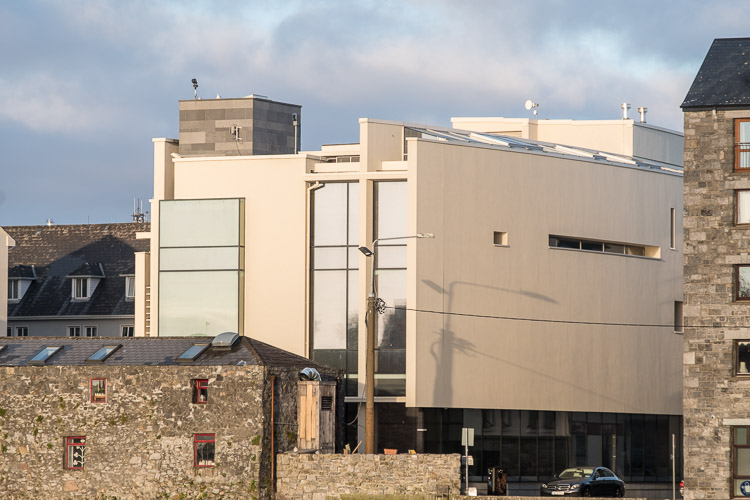

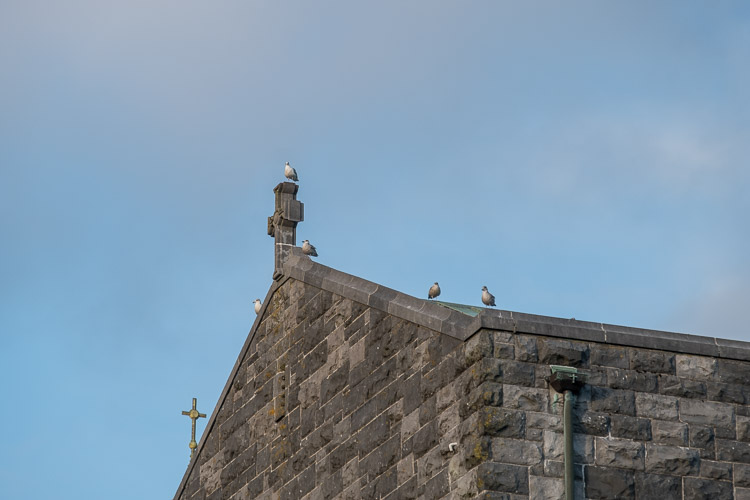
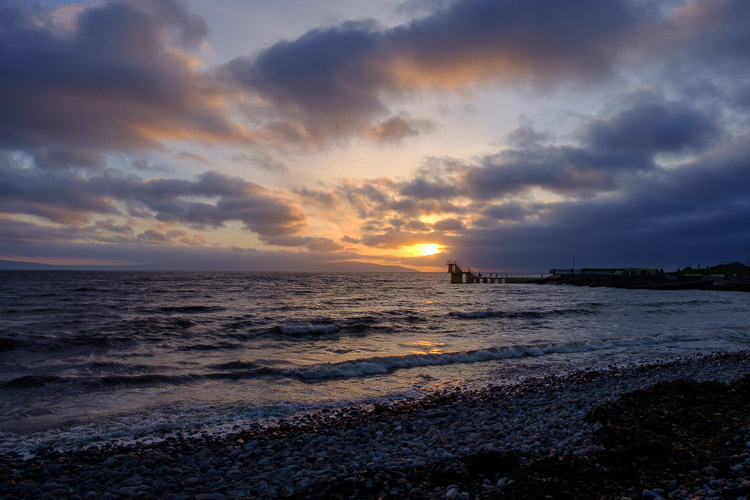









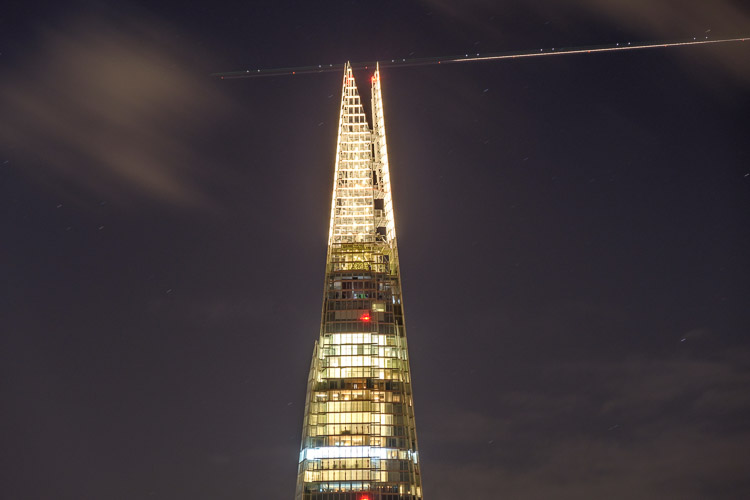

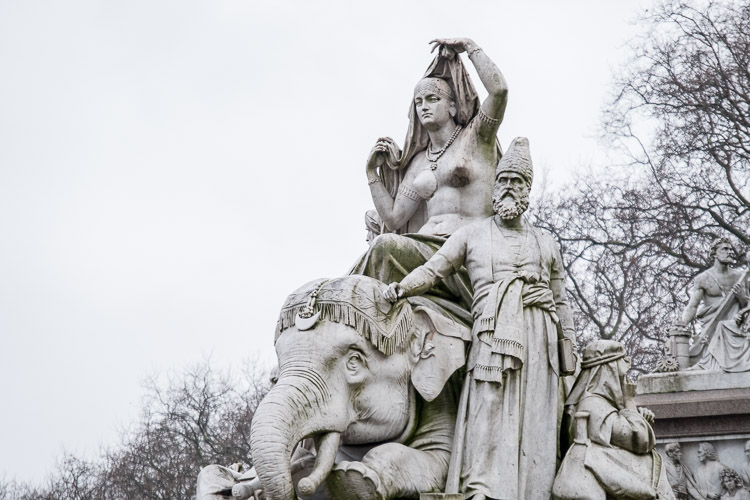





You must be logged in to post a comment.